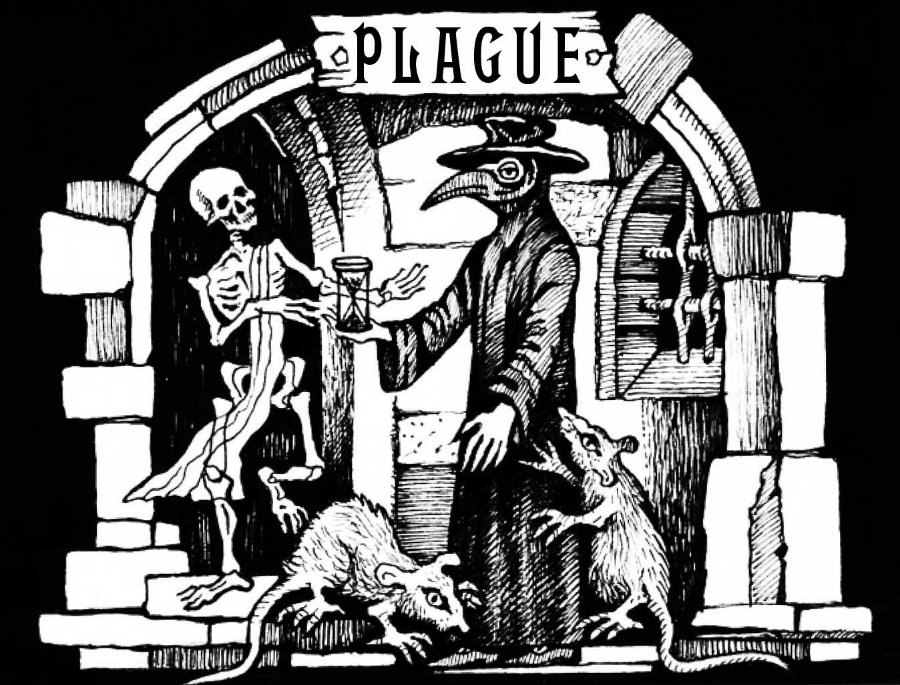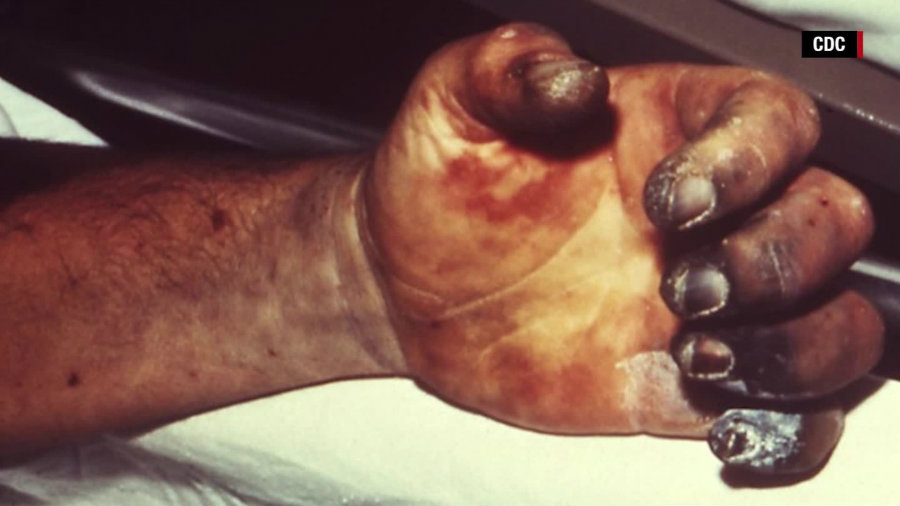The New Mexico Department of Health (NMDOH) confirmed this week that two women were diagnosed with the plague in New Mexico. Health officials reported two recent confirmed disease cases in 52-year-old and 62-year-old females from Santa Fe County, N.M.
With these new cases, the NMDOH said there had been three human plague cases from Santa Fe County in 2017, as a 63-year-old man also contracted it earlier this month. Health officials also said that all cases have required hospitalization and that there have been no deaths from the disease this year.

NMDOH conducted environmental investigations in the homes of the patients affected with the plague to look for ongoing risk and to ensure the safety of the immediate family and neighbors.
New Mexico health officials confirmed three plague cases in Santa Fe County
The plague is a disease that affects both human and some mammals, and it is caused by the bacterium Yersinia pestis, according to the Centers for Disease Control and Prevention (CDC). People usually contract the plague after being bitten by a rodent flea that is carrying the plague bacterium or by handling an animal that has been infected.
The plague is mainly known for having killed millions of people in Europe during the Middle Ages. According to NMDOH, plague can be present in fleas that infest wild rodents in Santa Fe County, including the city limits of Santa Fe and other parts of New Mexico.
“Pets that are allowed to roam and hunt can bring infected fleas from dead rodents back into the home, putting you and your children at risk,” said Dr. Paul Ettestad, public health veterinarian for the Department of Health, according to a statement published in NMDOH’s website. “Keeping your pets at home or on a leash and using an appropriate flea control product is important to protect you and your family.”
The CDC notes that today, modern antibiotics are quite effective in treating plague. However, without prompt treatment, it can cause serious illness or death. Currently, human plague infections continue to occur in the western United States, but significantly more cases are reported in parts of Asia and Africa.

Plague cases in the United States are usually reported in New Mexico, Colorado, and Arizona
The disease is divided into three groups: bubonic, septicemic, and pneumonic. The symptoms of the disease all begin with fever-like aches and pains. Bubonic is the most common form of the plague, which is precisely known for the presence of swollen lymph nodes developing on the groin, neck, or armpits within a week after being infected, according to the Mayo Clinic. The swelling can be about the size of a chicken egg and is warm and tender to the touch.
Other symptoms of the plague include sudden onset of chills and fever, headache fatigue and general muscle aches. The CDC also says that it can be transmitted through infection droplets, such as those from sneezing or coughing in a close-quarters situation. But the most common form of transmission is through flea bites and contact with contaminated tissue.

According to the CDC, about seven cases on average are reported each year in the U.S., and the majority are usually reported in New Mexico, northwestern Arizona, and southern Colorado. Most of the cases are from the bubonic plague.
In 2015, there was an increase in cases reported in the country, with 16 confirmed cases and even four deaths. In New Mexico, there were four human plague cases last year in Bernalillo, Mora and Rio Arriba counties with no fatalities; while four cases were reported in 2015 in Bernalillo and Santa Fe counties with one fatality.
NMDOH recommends pet owners to keep an eye on cats and dogs who might have the plague
The New Mexico Department of Health issued some recommendations to prevent the plague, such as talking to veterinarians about using appropriate flea control products on pets, as not all products are safe for dogs, cats, or children.
They also recommend to clean up areas near the house where rodents might live, such as woodpiles, brush piles, junk and abandoned vehicles; taking sick pets to examination with a veterinarian; seeing a doctor about any unexplained illness involving a sudden and high fever; putting hay, wood, and compost piles as far as possible from homes; and avoid leaving pets’ food and water where mice can get to it.
It’s important to identify plague symptoms in pets also, and NMDOH noted that symptoms in cats or dogs are fever, lethargy, and loss of appetite. Cats or dogs may also present swelling in the lymph node under the jaw. With proper and prompt diagnosis and antibiotic treatment, the fatality rates in people and pets can be substantially reduced. Health officials also noted that any physicians who suspect plague should promptly report to the Department of Health.
Source: New Mexico Department of Health
